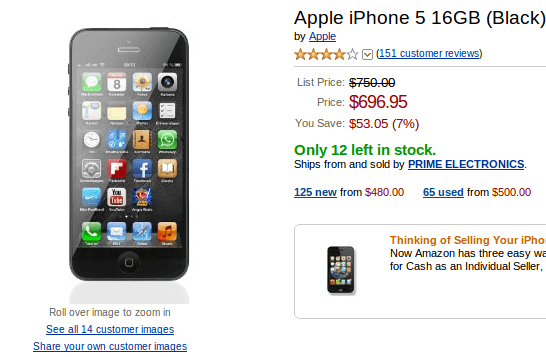A typical consumer today uses multiple devices to surf the web and interact in many ways with your eCommerce business. For most stores, maximizing conversion and increasing order size in this environment is not only an enormous challenge, but also an incredible opportunity.
eCommerce stores also have a variety of marketing channels be it e-mail marketing, Social or Mobile Apps which help in increasing consumer interaction. A reasonably large ecommerce store has a large number of products to be displayed to a large number of customers across a variety of channels (or devices). Consumers experience information overload and seek help in selecting from an overwhelming array of products while merchandisers lost their relationships with consumers and seek to re-build and deepen those relationships by better helping consumers find products of interest. Hence, one of the questions that needs to be addressed is: Which product should be displayed so that the customer is most likely to buy it?
More recently, ecommerce stores have started adopting a wide range of mass customization techniques for customizing the consumer experience. The consumer experience includes the physical products, which can be customized in function or in appearance, and the presentation of those products, which can be customized automatically or with help from the consumer. Sites invest in learning about their customers, use recommender systems to operationalize that learning, and present custom interfaces that match consumer needs. Consumers repay these sites by returning to the ones that best match their needs.
Collaborative filtering is a way of making automatic predictions (filtering) about the interests of a user by collecting preferences from many other users (collaborating). The principle is like this: if several members of my community owned and liked the latest Apple gadget, then it is highly likely that I will too. Here is an example of how this technique is effectively tapped by Amazon:
 Association rules have been used for many years in merchandising, both to analyze patterns of preference across products, and to recommend products to consumers based on other products they have selected. An association rule expresses the relationship that one product is often purchased along with other products. By contrast, collaborative filtering techniques based on user-similarity are more effective and personalized in a domain where consumer choices are very dynamic, such as online retail.
Association rules have been used for many years in merchandising, both to analyze patterns of preference across products, and to recommend products to consumers based on other products they have selected. An association rule expresses the relationship that one product is often purchased along with other products. By contrast, collaborative filtering techniques based on user-similarity are more effective and personalized in a domain where consumer choices are very dynamic, such as online retail.
To sum up, by implementing collaborative filtering you can:
- Convert browsers to buyers
- Increase cross sell via either Product bundling
- Build loyalty and increase customer lifetime value
Want to learn more about how you can leverage collaborative filtering for your business using R? Join us in our next webinar. More details here


